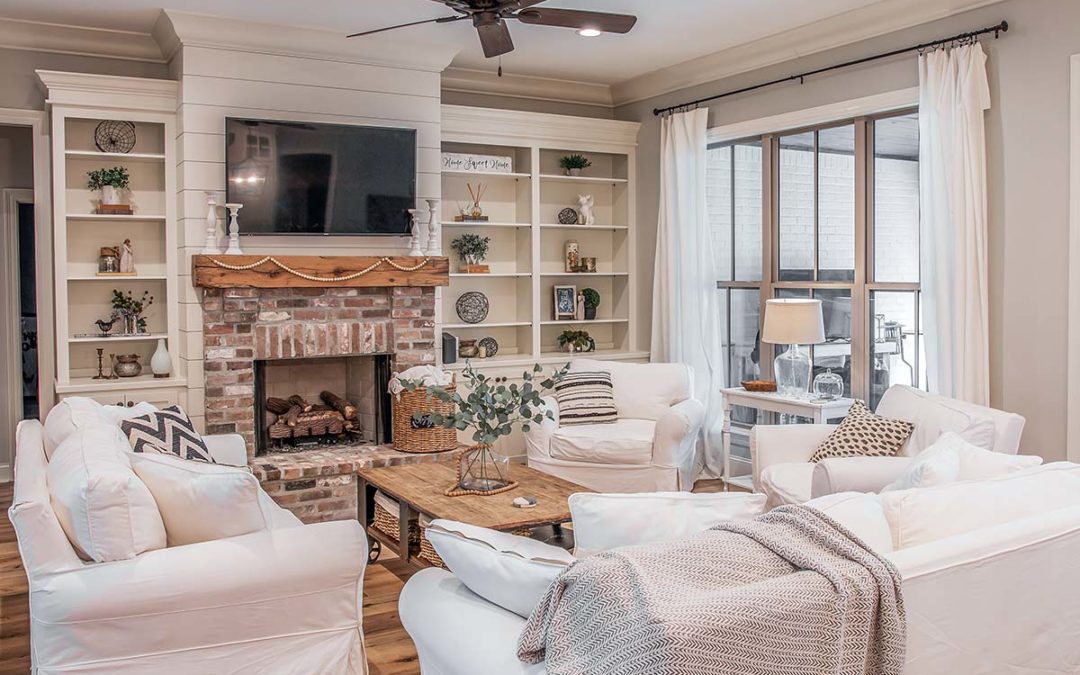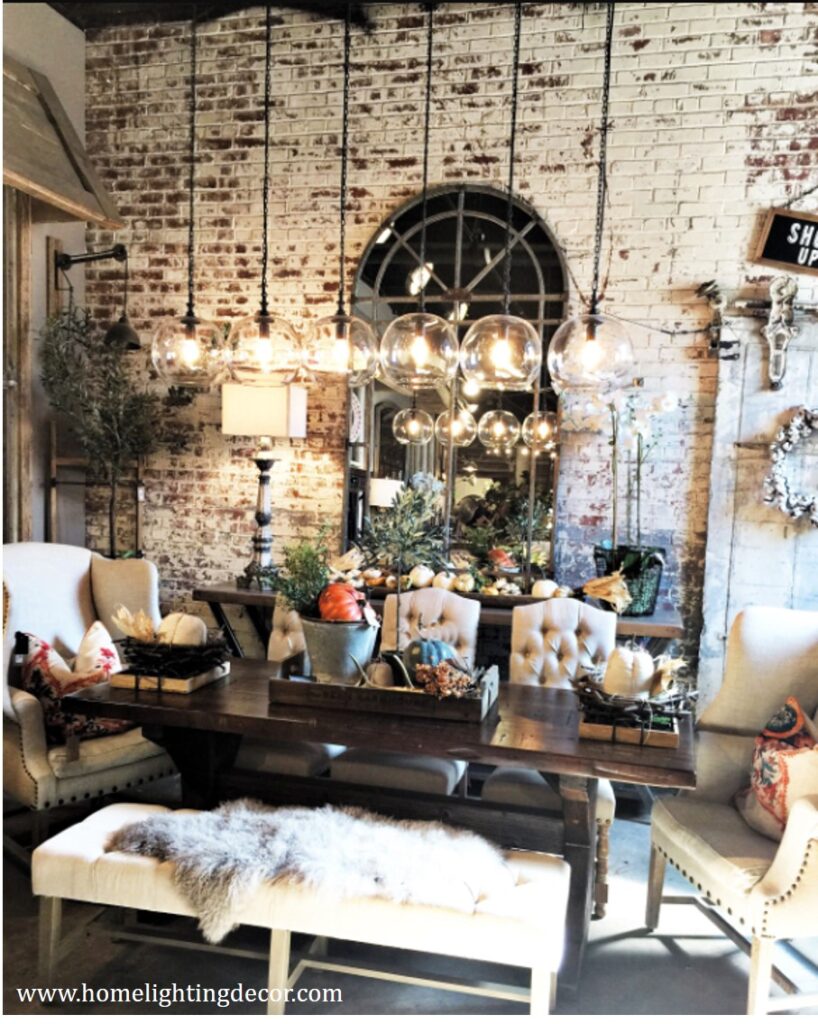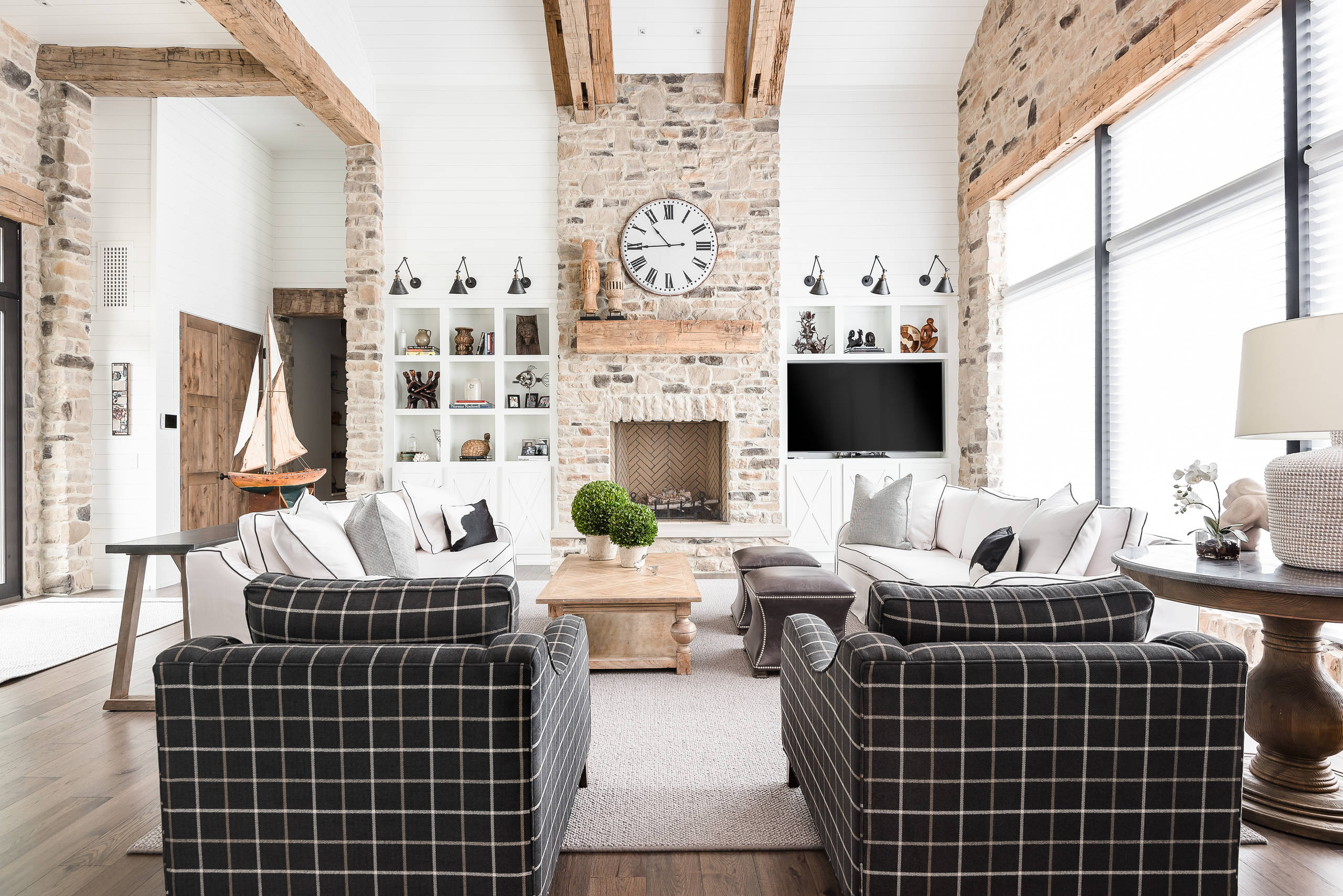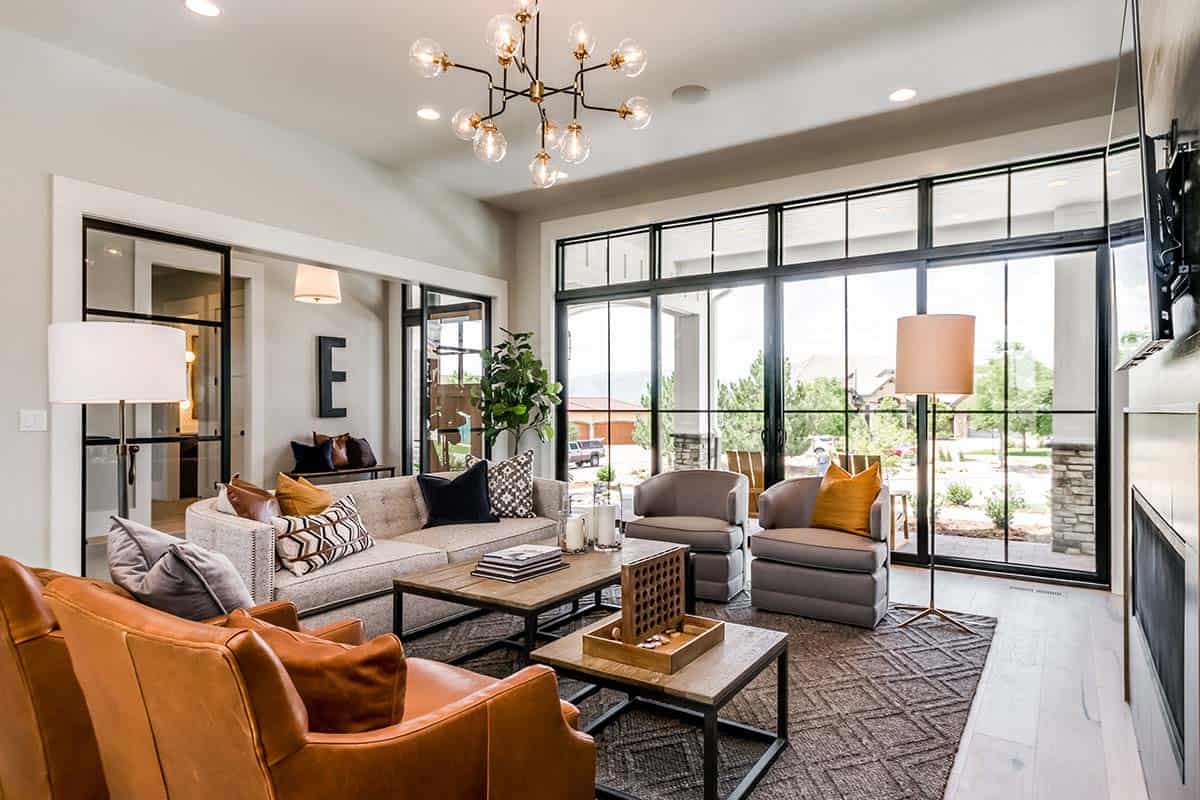Welcome to the world of urban farm decor! As someone who has cultivated a passion for urban farming within my compact city space, I’ve found immense joy in blending nature with my home aesthetics. In this article, we will explore practical tips, inspiring ideas, and my personal experiences creating a vibrant urban farm-themed environment right in the heart of the city.
What is Urban Farm Decor?
Urban farm decor is a unique approach that combines elements of gardening and farming within urban settings, focusing on indoor and outdoor spaces. It emphasizes sustainability, creativity, and functionality, perfect for those who want to bring nature closer to home.
Why Choose Urban Farm Decor?
Urban farm decor isn’t just about aesthetics; it’s about lifestyle. Here are a few reasons to embrace this trend:
- Sustainability: It promotes eco-friendly practices, encouraging the use of reclaimed materials and organic gardening.
- Aesthetic Value: It brings life and color into your home, creating a warm and inviting atmosphere.
- Food Security: Growing your own herbs and vegetables reduces reliance on store-bought produce.
- Mindfulness: Gardening acts as a therapeutic outlet, enhancing overall well-being and reducing stress.
Getting Started with Urban Farm Decor
Here are some essential steps to kick-start your urban farm decor journey:
Assess Your Space
The first step involves evaluating your available space. Whether it’s a balcony, backyard, or window sill, every area offers potential:
- Balcony: Utilize vertical garden options like wall planters or hanging pots.
- Backyard: Consider raised garden beds or a small greenhouse.
- Indoors: Use shelves or window sills for indoor plants.

Selecting Your Plants
Choosing the right plants is crucial for a successful urban farm decor setup. Here’s a comparison of popular plants for urban farming:
| Plant | Light Requirement | Watering Needs | Space Needed |
|---|---|---|---|
| Basil | Full Sun | Moderate | 1-2 ft |
| Cherry Tomatoes | Full Sun | Moderate | 2-3 ft |
| Green Lettuce | Partial Shade | High | 1-2 ft |
| Herbs (Thyme, Mint) | Full Sun | Low | 1 ft |

Incorporating Urban Farm Decor into Your Home
Indoor Urban Farm Decor
Transforming your indoor space with urban farm decor can be a delightful experience. Here are a few ideas:

Vertical Gardening
Vertical gardens are perfect for small spaces. Using wall planters, you can create a stunning display of herbs and flowers.
Hanging Gardens
Utilize macramé hangers for plants like spider plants or pothos. This adds a bohemian touch to your decor.

Garden Shelves
Install shelves near windows filled with various herbs and small vegetables. This not only saves space but also serves as a natural decor piece.
Outdoor Urban Farm Decor
For those with outdoor spaces, there are numerous ways to enhance your garden’s look:

Raised Garden Beds
Construct raised beds using reclaimed wood for a rustic feel. They make gardening easier and more accessible.
Garden Furniture
Opt for outdoor furniture made from sustainable materials. This creates a cozy spot to relax among your plants.

Garden Pathways
Use stones or gravel to create pathways between your plants. This adds structure and visual appeal to your garden.
Tips for Styling Your Urban Farm Decor

Color Schemes
Choose a color palette that complements your urban farm decor. Earthy tones like browns and greens enhance the natural feel, while bright colors can add vibrance.
Mixing Textures
Incorporate various materials like wood, metal, and fabric to create visual depth. Combine wooden planters with metal shelves to contrast and draw attention.
Pros and Cons of Urban Farm Decor
| Pros | Cons |
|---|---|
| Promotes sustainability | Requires commitment and time |
| Enhances home aesthetics | Space limitations in urban environments |
| Provides fresh produce | Pests can be an issue |
| Encourages mindfulness | Initial costs for decor and plants |
Maintaining Your Urban Farm Decor
Watering and Care
Establish a regular watering schedule. Consider using self-watering pots to simplify maintenance.
Pest Control
Keep an eye out for pests. Natural remedies like neem oil or insecticidal soap can help keep your plants healthy without harmful chemicals.
Nurturing Your Plants
Fertilizing your plants regularly will promote growth. Use organic fertilizers to align with the sustainable theme of your urban farm.
Personal Experience: My Urban Farm Decor Journey
When I first started my urban farm decor journey, I was overwhelmed but excited. I began with a few pots on my balcony, which slowly expanded into a full-blown garden. The joy of harvesting my herbs and tomatoes filled my kitchen with not just fresh ingredients but also stories and conversations around cooking and sustainability.
One significant hurdle I faced was space. I quickly learned how to maximize vertical space and incorporate hanging pots, which became the highlight of my decor. It transformed not only my balcony but also my mindset about urban living.
Frequently Asked Questions (FAQs)
What plants are best for indoor urban farming?
Plants like basil, mint, and spider plants thrive indoors and require minimal space, making them ideal for urban farming.
How do I start an urban farm on my balcony?
Begin by assessing the sunlight your balcony receives. Start with easy-to-grow plants such as herbs or small vegetables in containers, and gradually expand as you gain confidence.
What are some decor ideas for a small garden?
Consider vertical planters, hanging baskets, and decorative pots to maximize the space while adding charm to your garden.
Can urban farm decor be eco-friendly?
Absolutely! Focus on using reclaimed materials, organic plants, and sustainable gardening practices to create an eco-friendly urban farm decor.
Conclusion: Cultivating Your Urban Farm Decor
Urban farm decor is more than just a trend; it’s a lifestyle choice that embraces sustainability, beauty, and the love of gardening. With the right approach, even the tiniest urban spaces can be transformed into lush green havens. I encourage you to start your journey today, whether it’s with a few pots on your balcony or a full outdoor garden. Remember, every plant you grow contributes to a greener planet and a more vibrant home.
Happy gardening!